Qualitative Data Analysis - Thematic Analysis Tool
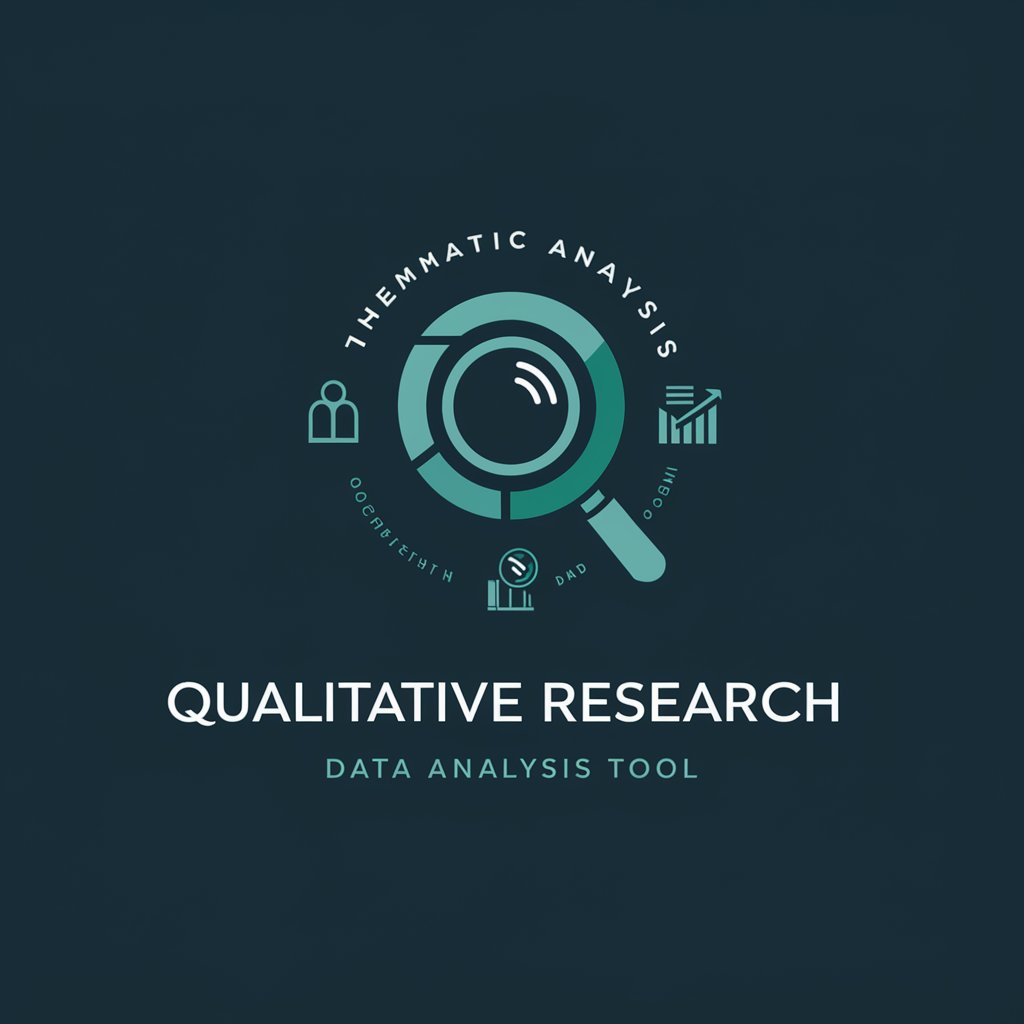
Welcome to the Qualitative Thematic Analyst.
AI-powered thematic insight discovery
Identify the main themes from the following qualitative transcripts:
Analyze these interview responses to find recurring themes:
What themes emerge from the provided qualitative data?
Explore the transcripts to determine the key themes:
Get Embed Code
Understanding Qualitative Data Analysis
Qualitative Data Analysis (QDA) is a methodological approach designed for analyzing textual, audio, or visual data in research. Unlike quantitative analysis, which focuses on numerical data, QDA delves into the depth, meaning, and complexity of data. It's particularly adept at uncovering trends, themes, and patterns within data sets, making it invaluable for research that requires nuanced understanding beyond what numbers can provide. An illustrative example of QDA in action is analyzing interview transcripts from a study on workplace culture. Through thematic analysis, a researcher can identify prevalent themes such as 'employee satisfaction,' 'communication challenges,' and 'leadership styles,' providing rich insights into the dynamics and underlying issues within the workplace. Powered by ChatGPT-4o。

Core Functions of Qualitative Data Analysis
Thematic Analysis
Example
Identifying recurring themes in patient interviews about healthcare experiences.
Scenario
A healthcare researcher uses thematic analysis to examine patient interviews, identifying themes like 'accessibility concerns' and 'trust in medical professionals.' This aids in understanding patient perspectives and improving healthcare services.
Coding and Categorization
Example
Organizing qualitative data from open-ended survey responses into categories.
Scenario
A market researcher codes responses to an open-ended survey question about product preferences, categorizing them into themes such as 'price sensitivity,' 'brand loyalty,' and 'product features.' This helps in analyzing consumer preferences and tailoring marketing strategies.
Content Analysis
Example
Analyzing social media posts to gauge public opinion on a new policy.
Scenario
A policy analyst performs content analysis on social media reactions to a new government policy, identifying public sentiment and concerns. This provides insights into public opinion, aiding policymakers in addressing concerns.
Narrative Analysis
Example
Exploring personal stories and experiences to understand individual trajectories.
Scenario
A sociologist conducts narrative analysis on life history interviews to understand the impact of migration on personal identity, revealing complex stories of adaptation, resilience, and change.
Ideal Users of Qualitative Data Analysis Services
Academic Researchers
Scholars across disciplines such as sociology, psychology, anthropology, and education rely on QDA to analyze data from interviews, focus groups, and ethnographies. It's essential for developing grounded theories, exploring human behaviors, and publishing peer-reviewed journal articles.
Market Researchers
Professionals in marketing and consumer research utilize QDA to understand consumer preferences, experiences, and trends through analysis of interviews, focus groups, and social media content, aiding in the development of targeted marketing strategies.
Policy Analysts
Analysts use QDA to evaluate the impact of policies, understand public sentiment, and recommend adjustments. Through interviews, public forums, and social media analysis, they gather qualitative insights that inform policy development and implementation.
UX Researchers
User experience researchers apply QDA to analyze user interviews, usability tests, and feedback to improve product design and user satisfaction. Insights from thematic and narrative analysis help in understanding user needs and optimizing user interfaces.

How to Use Qualitative Data Analysis
Initiate Trial
Begin by visiting yeschat.ai to start a free trial, enabling access without the need for login credentials or a ChatGPT Plus subscription.
Prepare Data
Gather your qualitative data, such as interview transcripts, focus group discussions, or open-ended survey responses, ensuring they are anonymized and organized for analysis.
Identify Themes
Use the tool to input your qualitative data, then apply thematic analysis to identify, analyze, and report patterns (themes) within the data.
Analyze and Interpret
Review the generated themes, definitions, and supporting quotes. Use these insights to interpret the data in the context of your research question or objective.
Report Findings
Utilize the detailed definitions, thematic introductions, and quotes provided by the tool to structure the results section of your academic or research report, enhancing credibility and depth.
Try other advanced and practical GPTs
Data Analysis GPT
Empowering Data Decisions with AI
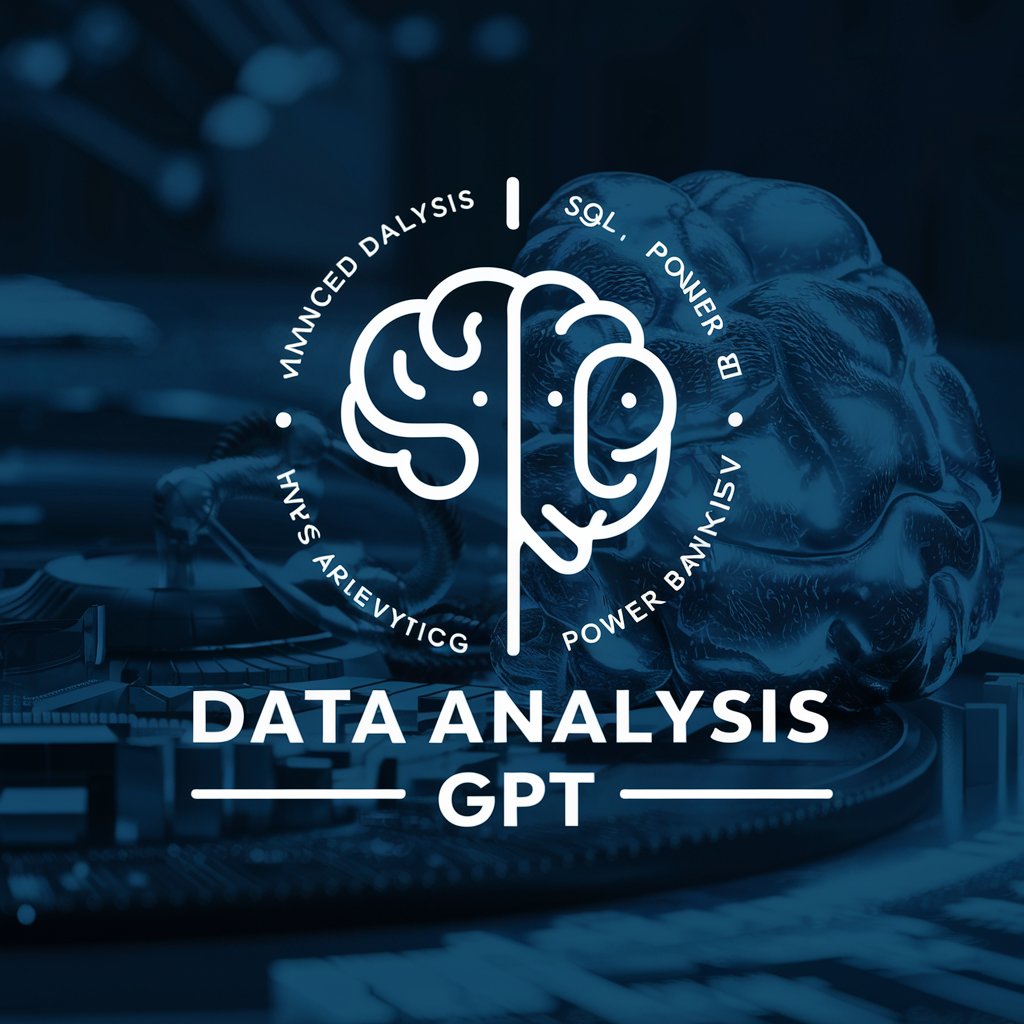
Advanced Data Analysis & Guiderails
AI-powered insights at your fingertips

Data Analysis With Excel GPT
Empowering Excel analysis with AI
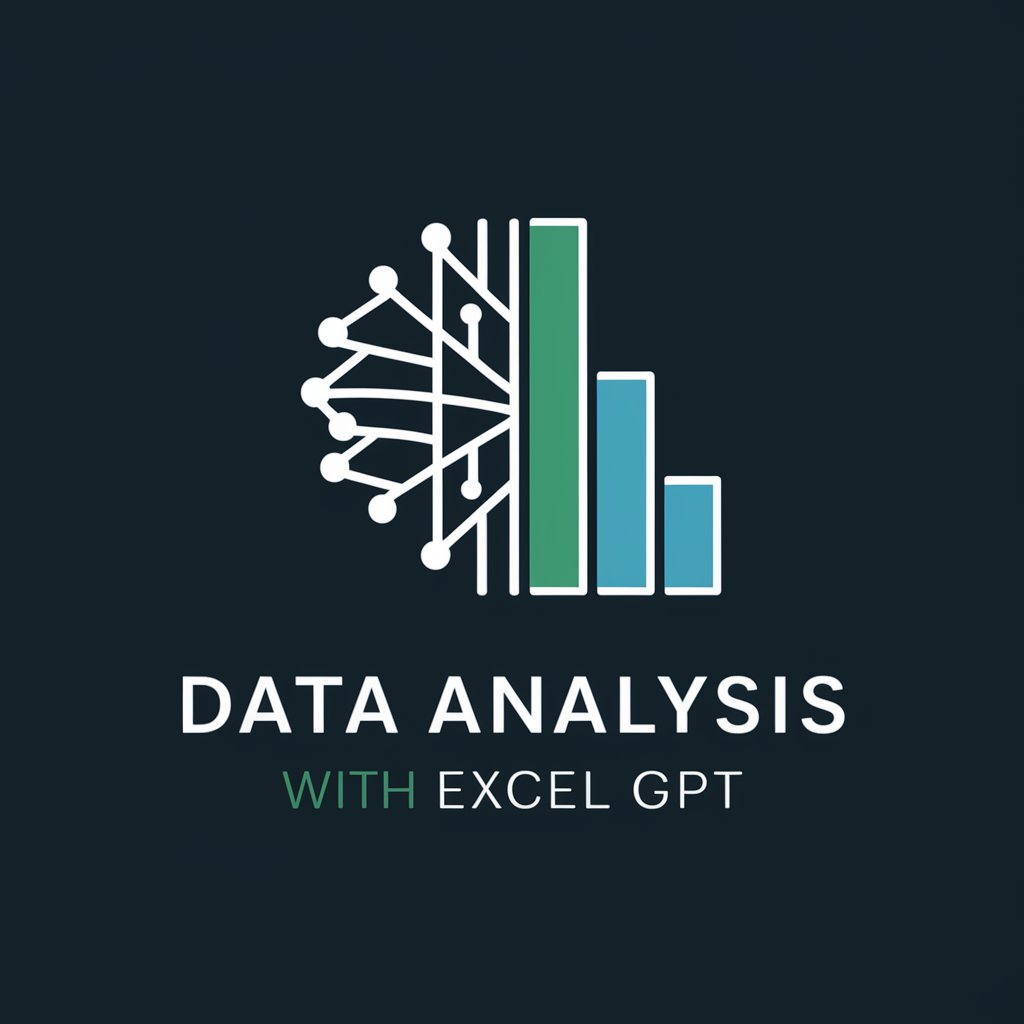
Statistics and data analysis
Unlock Insights with AI-Driven Analysis

Python Data Analysis
AI-powered insights from your data
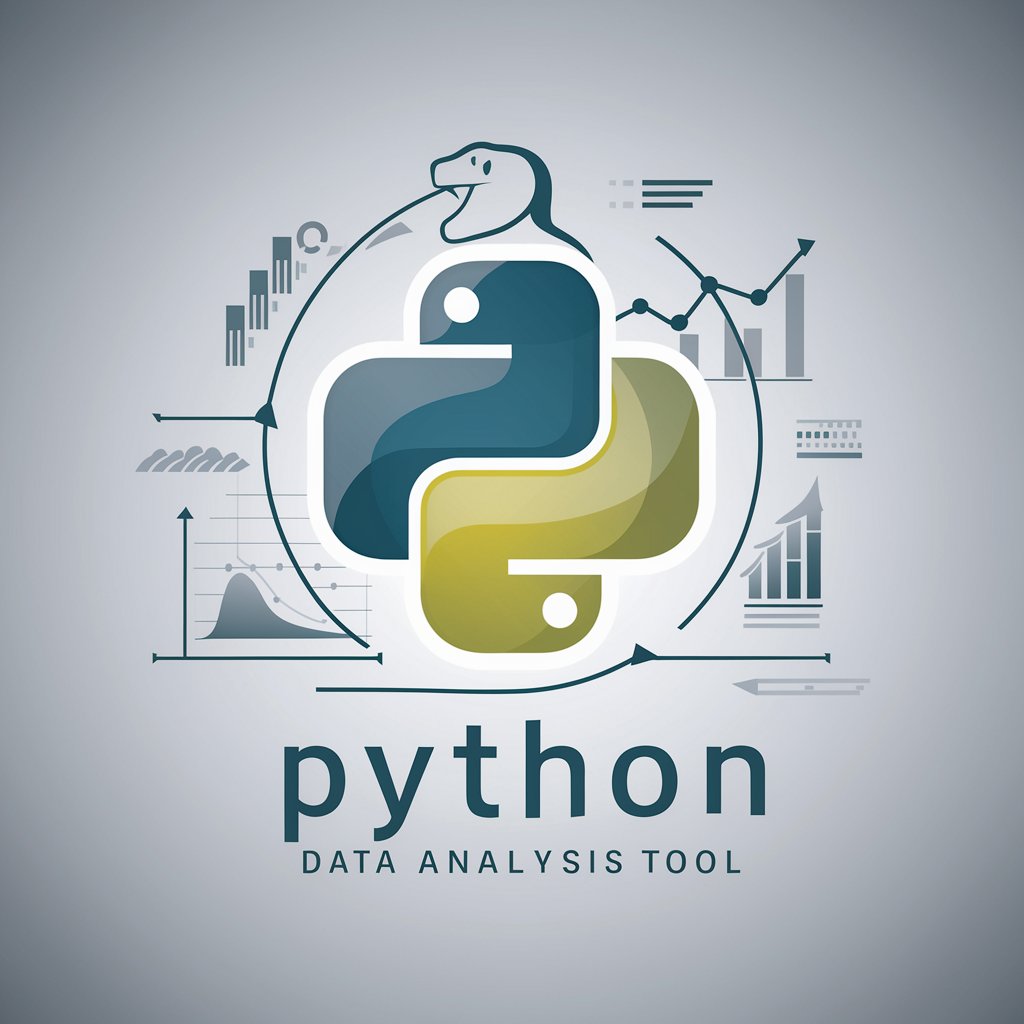
Exporitory Data Analysis (EDA)
Empower your data with AI-driven analysis
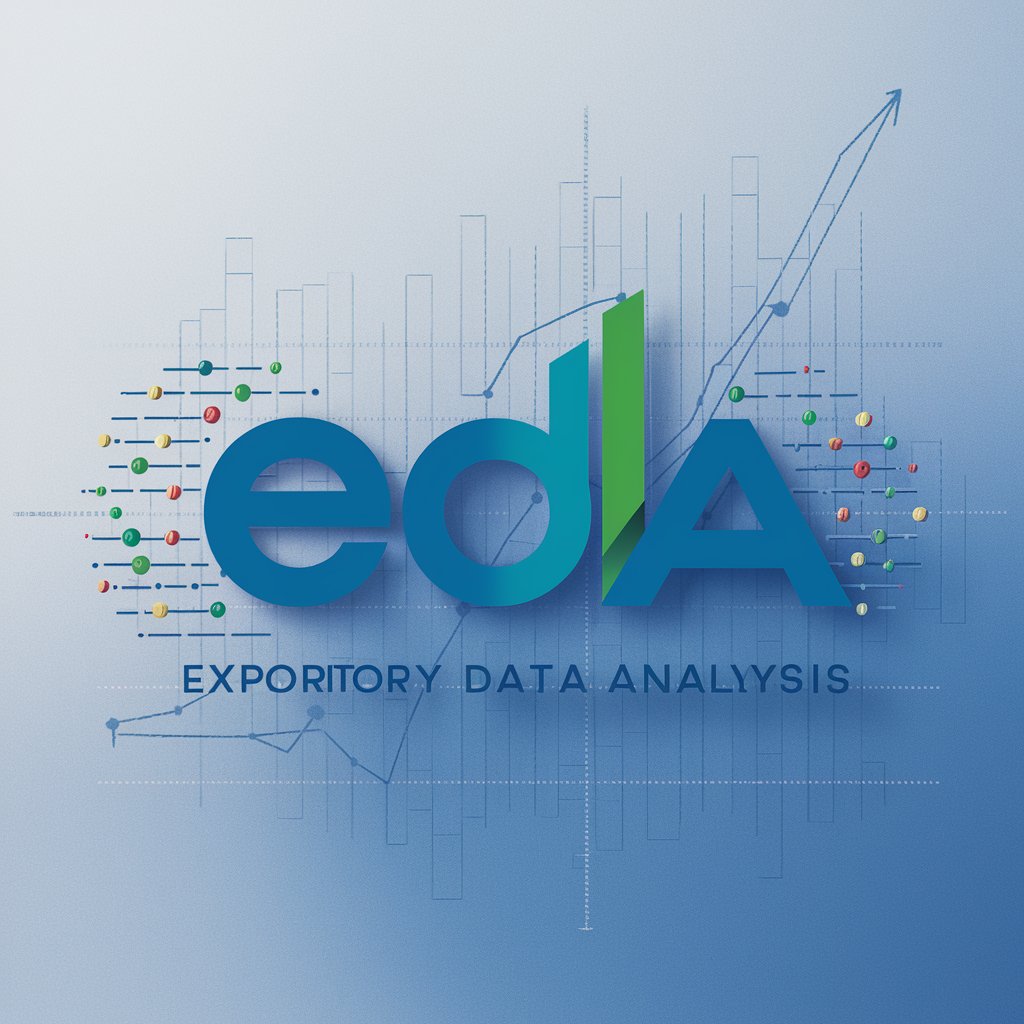
Data Analysis - SPSS
Empowering research with AI-driven SPSS analysis.
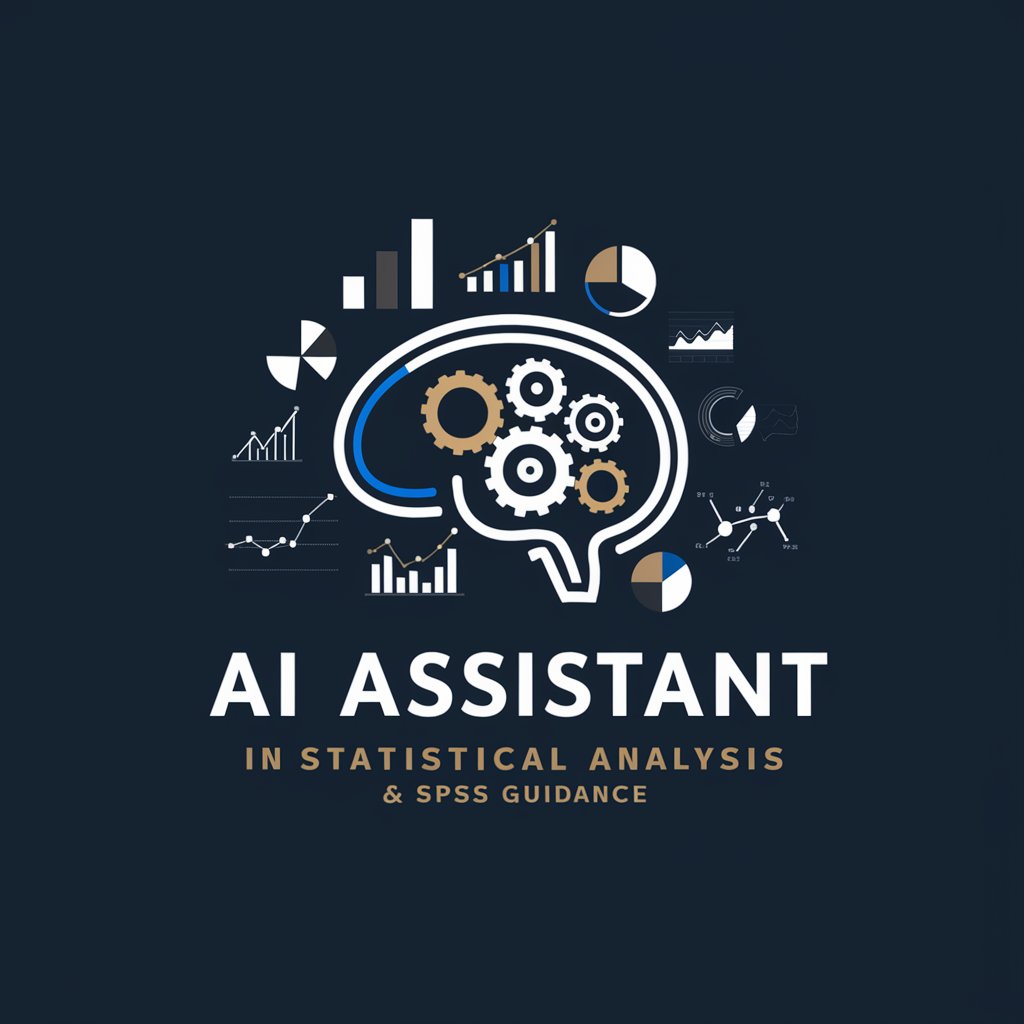
Website Generator ⚡FREE⚡
Empower Your Web Presence with AI

Starfield Strategist ゲーム攻略
Elevate Your Game with AI Strategy

Mario RPG Master ゲーム攻略 Plus
AI-powered insights for Super Mario RPG

和英ゲーム
Translate Japanese with AI precision.

Mystical Numerator 番号当てゲーム
Guess right with AI-driven hints!

Qualitative Data Analysis FAQs
What is thematic analysis in qualitative research?
Thematic analysis is a method for identifying, analyzing, and reporting patterns (themes) within data. It involves the organization and description of the dataset in detail and interpretation of various aspects of the research topic.
Can Qualitative Data Analysis help with literature review?
Yes, it can assist in analyzing qualitative data from literature, identifying themes and patterns that contribute to the conceptual framework of a study, although it's primarily designed for primary data sources like interviews or surveys.
Is this tool suitable for student researchers?
Absolutely, it's ideal for student researchers conducting qualitative studies, offering a structured approach to data analysis that can improve the depth and quality of their research findings.
How does this tool ensure the integrity of qualitative data?
The tool maintains the integrity of interviewees' responses by providing exact quotes as they appear in the transcripts, ensuring that the analysis remains true to the original data.
Can this tool be used for non-academic research?
Yes, it's also suitable for non-academic research, including market research, user experience studies, and policy analysis, where qualitative data analysis is required.
